|
1. Strength Training improves muscle mass, which can help us in our everyday lives Looking like the incredible hulk or the next bodybuilding queen are not the only reasons to strength train, and for probably around 98% of the population, these are not the reasons we strength train. Some might strength train to improve their athletic performance, improve flexibility and reduce incidence of injury or chronic disease. However, at the very least improving your strength can help with everyday tasks such as moving the lawn, lifting the groceries, shifting furniture, and cleaning your house. For most people these jobs are not the most enjoyable in the world, therefore having good strength and stamina to get them done quicker and with less effort is a great outcome. 2. Strength training improves bone mineral density As we age, and particularly for females who are post menopausal, our bone mineral density can decline. There is evidence to suggest that we can lose as much as 3-5% per decade after the age of 30. This can increase a person's risk of a fracture if they were to have a fall, and lead to reduced quality of life. In a study of people living with Osteoporosis who undertook a specific strength training program to improve bone density, results showed that 86% of patients increased bone mass in their lower spine, and 69% of patients increased their bone mass in their hip - which is great results for people living with this condition. 3. Strength training can help to preserve lean muscle mass during weight loss Generally when you restrict our energy intake with the goal of losing weight, not only do you lose fat mass, but also some lean muscle mass, which is not ideal. Although aerobic exercise generally forms the basis of your training if your goal is to lose weight as this form of exercise burns a greater amount of energy during your exercise session compared with strength training. Strength training does help you to maintain and preserve your muscle mass during weight loss, and can increase your excess post-exercise oxygen consumption, meaning your metabolism remains active and your body continues to burn calories after you have completed your workout. Therefore, adding resistance/strength training exercise on top of your aerobic training is beneficial when losing weight. 4. Strength training can improve your flexibility When most people consider improving their flexibility, usually yoga, or undertaking specific static stretching exercises comes to mind. Both of these activities are effective in improving the flexibility of a joint, however undertaking full range strength training has also been shown to be just as effective as flexibility training for a specific joint, and not surprisingly both are superior to doing nothing (reference). Therefore, adapting your program to include some full joint strength exercises can effectively kill 2 birds with one stone, and reduce the need for a specific flexibility program for those strength trained joints.
Lisa Parkinson
Accredited Exercise Physiologist & Credentialed Diabetes Educator
0 Comments
1. Check what you are drinking
Many people know they need to watch what they eat, but what about what you are drinking? There may be loads of hidden sugar in lots of drinks that you are not aware of. For instance a 250ml glass of wine has about half a teaspoon of sugar; a glass of OJ or cordial contains about 6 teaspoons of sugar; and a can of coke contains around 9 teaspoons of sugar. One way to reduce the amount of sugar and energy you are consuming during the day is by reducing these sweet drinks, and reaching for our water bottles. 2. Increase your NEAT exercise NEAT stands for Non Exercise Activity Thermogenesis. Basically this is the energy that we burn when we are undertaking any activity that is not considered to be exercise. So .... taking the stairs rather than the lift, parking the car further away, walking to work, etc are all increasing our NEAT. This is a really neat way to increase the amount of energy we burn throughout the day without actually undertaking any planned activities. However, planned activities are also essential for our health and well-bing. 3. Check your portions Maintaining a healthy weight is not just about what you eat, but how much you eat; and too much of a good thing isn’t always a good thing! Meat is one area, that particularly men, tend to overeat. It is recommended that men between the age of 51 and 70 limit themselves to 2.5 serves of lean meat each day. A serving size of cooked lean meat for a male aged 51-70 is 65g, that’s no more than the size of your palm. If you are eating poultry it is 80 grams and 100g for seafood. Many men eat double this at dinner, let alone adding in what they also have for lunch, and other protein sources such as eggs and nuts. 4. Take a walk after dinner Our blood glucose levels generally peak about 2 to 3 hours after we eat. For those people who have pre-diabetes or type 2 diabetes, exercise helps to use the glucose in our blood without the use of the hormone insulin. And this is a great thing for our bodies because exercise can help to reduce our blood glucose levels post meal, therefore decreasing the demand on pancreas to do the job all by itself. The effects that exercise has on improving this process, lasts up to 72 hours post exercise session. A great reason to exercise at any time, but it is also really useful after a big meal. 5. Get a good night’s sleep Sleep may be just as important as eating healthy and exercising. Studies show that poor sleep is one of the strongest risk factors for obesity, as it’s linked to an 89% increased risk of obesity in children and 55% in adults. However the good news is that there does appear to be a positive influence of exercise on sleep disorders. Quality of life and/or severity of sleep disorders appear to be positively impacted by regular exercise. Adopting a physically active lifestyle may be a key intervention for the treatment of sleep disturbance and obesity, and may be a long-term solution to improved quality of life and decreased risk for the chronic conditions associated with these Sleep disorders. Lisa Parkinson Accredited Exercise Physiologist & Credentialed Diabetes Educator Two thirds of the Australian population are either overweight or obese, and although not all are trying to lose weight, many are. Is this you?
Some dieters,
Exercise and nutrition both play a part in losing weight, with research confirming that a combination of nutrition and exercise having the best result on long term weight loss. Each year diets are ranked from best to worst Each year the US News and World Report have a panel of experts that evaluate modern and popular diets. Diets are rated out of 5 in terms of their success for short term weight loss, their success in achieving long term weight loss, and also how healthy they are in relation to nutritional value. Australian researchers are also planning on commencing this rating process soon and will release their own findings. What are the worst diets out there?
What were rated as the top diets? The top 3 diets for 2021
The Mediterranean diet
The DASH diet
Flexitarian diet
What do the top 3 diets have in common? All of these diets ..
Lisa Parkinson Accredited Exercise Physiologist & Diabetes Educator 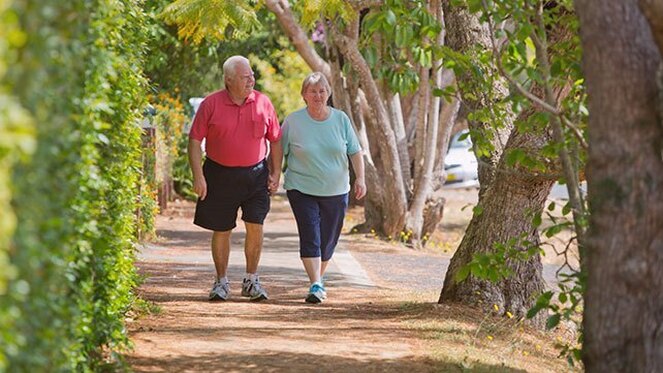 Did you know that around one third of our population are living with Non Alcoholic Fatty Liver Disease? You may be wondering what is Non Alcoholic Fatty Liver Disease (NAFLD) or how do I know I have it, or what can I do to prevent it? Nonalcoholic fatty liver disease is an umbrella term for a range of liver conditions affecting people who drink little to no alcohol, or less than 2-3 standard drinks per day. As the name suggests, the main characteristic of NAFLD is too much fat stored in liver cells. Here we will discuss what NAFLD is, what causes NAFLD, and what you can do to reverse NAFLD. How common is NAFLD in Australia? It is estimated that around 30% of the Australian population has NAFLD, with this number increasing to around 75% in people who are obese or have Type 2 Diabetes. What causes NAFLD? NAFLD is generally linked to overnutrition, and is strongly associated with
What are the symptoms of NAFLD and how is it diagnosed? NAFLD generally does not cause any symptoms until it progresses to a more advanced form of liver disease, therefore most people do not know that they have the condition unless screened through blood tests or incidental findings through ultrasound. To accurately diagnose NAFLD, an ultrasound or biopsy is performed. What are the health consequences of NAFLD? Individuals with NAFLD have a higher prevalence of coronary heart disease, cerebrovascular disease, such as a stroke, and peripheral vascular disease, with cardiovascular disease being the leading death of patients with NAFLD. And their risk for cardiovascular disease is independent of any other risk factors for CVD such as stress, smoking, inactivity, etc. What is the treatment for NAFL? The first line treatment for NAFLD or any liver disease is lifestyle changes and therapy. This may occur in conjunction with medication management of the person’s other conditions such as diabetes, hypertension or high triglyceride levels. What forms of lifestyle therapy are beneficial? Weight gain is a major determinant of NAFLD, therefore weight loss is a key goal of treatment, with as little as 2-3% reduction in body weight causing a reduction in liver fats by as much as 20-30%. However the most benefit and possible reduction of NAFLD is seen with 7-10% of body weight losses. When looking at the research, neither exercise nor nutrition efforts alone are the most effective, but a combination of both have been shown to have the best effect on weight loss. However, further research has demonstrated that reductions in liver fat%, along with improvements in other health factors such as triglyceride levels, blood pressure, body fat percentage and improvement in fitness, leading to a reduction in CVD and all cause mortality can be achieved through exercise, independent or regardless of weight loss. Therefore exercise is a key component of successful treatment of this condition. What exercise is best in treating NAFLD? There has been various research looking at both aerobic exercise and strength training in the treatment of NAFLD, with aerobic exercise being superior and recommended. In terms of type, frequency, time and intensity of that aerobic exercise, there have been benefits shown for both moderate and vigorous intensities of varying durations. However the general rule is to: Accumulate 150–300 min per week of moderate‐vigorous‐intensity aerobic exercise, on at least 3 days of the week. This could include walking, cycling, running, cross trainer, swimming, type activities raising your heart rate to a minimum moderate level. It has also been shown that increasing your intensity and heart rate to higher levels further benefits for your fitness, reduces blood glucose levels and decreases your risk of mortality; and may have better effects in reducing liver fat for people with more advanced liver disease beyond NAFLD. Lisa Parkinson Accredited Exercise Physiologist & Credentialled Diabetes Educator. 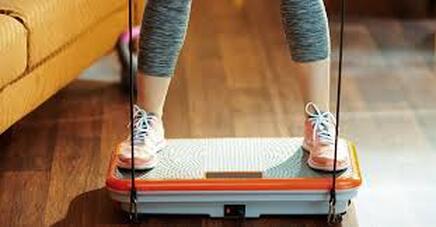 Are you looking to lose weight and wondering “will a vibration machine help me to lose weight?” This is a very common question that we get asked by clients, especially those who may find it difficult to undertake other forms of exercise or who are looking for different ways to have a positive impact on weight loss. What is a vibration machine/ whole body vibration training? A vibration machine is a lightweight platform that a person stands on, which provides light resistance exercise from repeated oscillations of the platform. It was developed in Germany, mainly for older people, to improve bone mineral density, balance and quality of life. The machine can be programmed to varying levels of oscillation/intensity. What effects can a vibration machine have on my body? Vibration machines have been shown to be effective in increasing leg blood flow, muscle strength and balance in the elderly population compared with control groups undertaking no other forms of habitual exercise. The effects on bone mineral density are inconclusive, with different study designs offering different outcomes. Vibration therapy has been used in some rehabilitation settings in conjunction with other forms of exercise to improve overall function, particularly in the elderly population. Can a vibration machine be used to assist weight loss? Although there are isolated studies that have shown improvements in body composition in patients with type 2 diabetes and middle aged females after 12 weeks and 9 months respectively in conjunction with caloric restriction; systematic reviews of a large number of published studies from reputable sources undertaken in 2018 and 2019 have not shown vibration training to be consistently effective in helping people to lose weight. The most recent systematic review in 2019 examined 7 studies that included 280 subjects who used three different types of vibration machine devices. The authors concluded that there were only insignificant effects on body fat percentage in these studies which were less than 6 months long. They concluded that further research with larger population numbers and duration were needed to further evaluate the effectiveness of vibration training. Need help with an individualised exercise program for your ability and goals? If you’d like to get some professional advice specific to your ability and goals, Book an appointment with one of our Exercise Physiologists today. Lisa Parkinson Accredited Exercise Physiologist & Credentialled Diabetes Educator. As Exercise Physiologists we help people to manage a range of different health conditions, including overweight and obesity. We help people to set realistic goals and expectations, and provide them with strategies and solutions to assist them to improve their lifestyle, health and well-being. Over the years we have identified a number of common mistakes that people make when commencing a weight loss program. Here we list the top 3 mistakes.
Too much exercise too quickly/unrealistic expectations When commencing any lifestyle change program it is important to set realistic goals, and this is especially important when setting exercise goals. It is crucial to set SMART goals, which you are pretty confident that you can achieve, initially with short time frames (1-2 weeks), checking in with yourself and ticking off your adherence to these goals frequently. A common mistake that people make are being too ambitious with their exercise goal, setting the bar very high, and then finding their proposed goal/exercise program very difficult to stick to or achieve, and hence then “fall off the wagon”. An example is someone who is currently not exercising at all, setting an initial exercise goal to walk for 60 minutes each day. Walking 60 minutes a day is a huge jump from not exercising at all, and could be setting the person up for failure. A stepped approach of commencing with 2-3 days a week of a much shorter walking time, and then increasing this by 10-20% each week is a more realistic goal, increasing chances of success. It is also very important to physically write your goals down and refer to them often. This has been shown in studies to improve your chance of success. Not planning or scheduling your proposed exercise Benjamin Franklin once said, “If you fail to plan, you are planning to fail.” Therefore, once you have set an exercise goal for the coming week, it is very important to plan when you will complete this goal. We often hear from our clients that they are “too busy”, or that “something came up”, or they just “didn’t get around to it.” We need to schedule our exercise into our week, just as we book in and schedule our appointments with our doctor, our hairdresser or for servicing the car. At the start of the week, sit down and review your calendar or diary for the coming week, and write your planned exercise into your diary at set days and times. This again relates back to writing your goals down, and helps to increase adherence to your program and your chance of success. Measuring success only by the number on the scales It’s very common to feel like you are not losing weight, particularly in the initial stages of your program, despite feeling that you are doing all the right things. But there are a number of factors which can affect the number on the scales for any given day and this should not be the only way that you measure your success. The benefits of your program can be monitored in a number of ways, and improvements can be seen in your:
Improvements in any of the above factors show that your program is having a positive difference and can help keep you motivated to keep going. Don’t make the mistake of using body mass as your only measure of success. Looking for more information to help you exercise for weight loss? See our articles here or book in with one of our Exercise Physiologists for a personalised program and individual support. Lisa Parkinson Accredited Exercise Physiologist & Credentialed Diabetes Educator 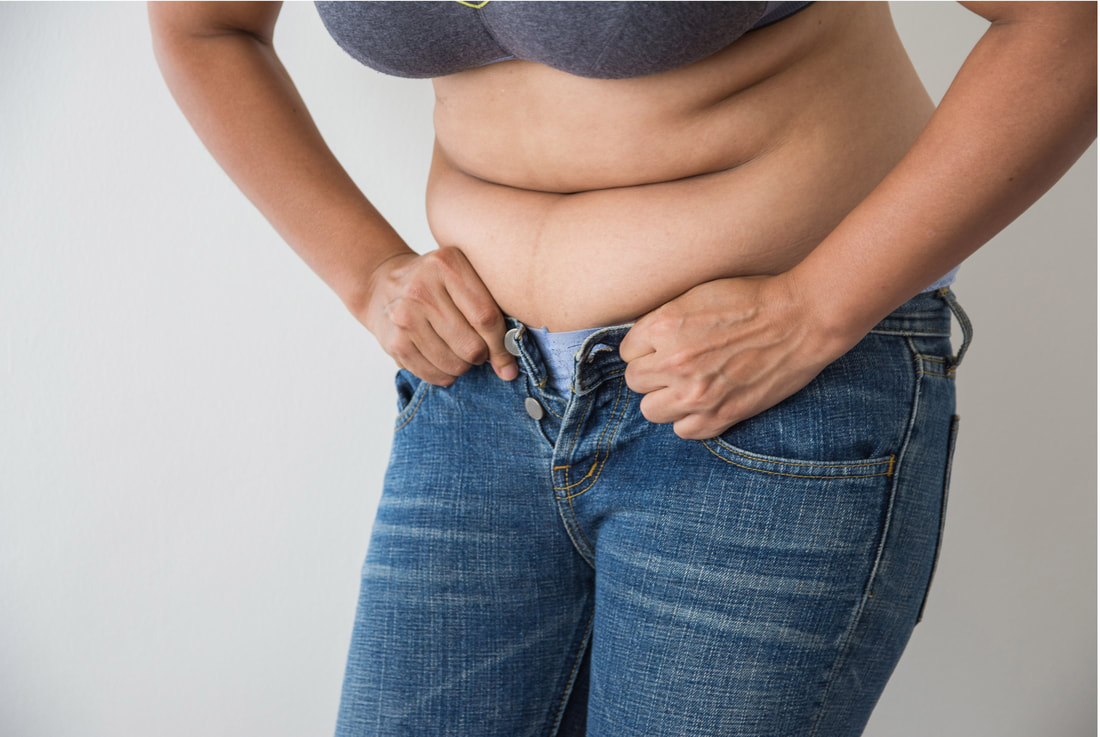 Are you finding it hard to lose weight? We understand that weight gain is a lot easier than weight loss for many, and that weight gain is a common problem over the Christmas season. Exercise Physiologists help many people just like you, to improve their weight and health choices so that a healthy lifestyle becomes a way of life, not a quick fix. Here we discuss 5 top tips that you can start implementing today, to set you on the right path to success. 1. Set realistic goals and expectations Don’t be too ambitious! Setting yourself up for success and not failure is important. You don’t want to feel discouraged in week one because you have not reached your first goal. Set a SMART Goal, and then review your confidence and importance levels. Example: I want to walk 4 times for 30 minutes within the next 7 days. Now rate your importance of achieving this, and also your confidence level in achieving this both out of 10, with 1 being “there is no way I can achieve this”, and 10 being “I am going to smash this out of the park!” Are they above 6 out of 10? If yes, go for it, if no, then you may want to modify your goal to something a little bit more achievable, as chances are it may be too ambitious! 2. Create new habits It’s a new year, so why not practice new healthy habits and/or try something different. You might find something new and exciting that works better for you. Again, try not to be too ambitious and change everything at once. Choose one habit and then practice it until it becomes a new habit and part of your everyday lifestyle. Example, I will pack a piece of fruit everyday to have for morning tea to have with my coffee, rather than having biscuits at work. It’s a small, but effective change to a healthier lifestyle. 3. Be NEAT When it comes to weight loss, there are a few angles that we can target when trying to increase the amount of energy expended each day. We know planned exercise is important, but our Non Exercise Activity Thermogenesis, that is, the energy that we burn from undertaking all non exercise, sleeping or eating related activities is also very important, and often overlooked. As you can appreciate, people who work on their feet, and are active in their jobs have a higher NEAT than those in office jobs. But, you can influence your NEAT by practicing small changes. This might include taking the stairs rather than the lift, standing, rather than sitting, walking around whilst talking on your mobile phone, walking meetings with colleagues, cleaning the house, walking to the shops. Be active as much as you can! 4. Phone a friend Have you noticed that time flies when you’re having fun!! This can be the same with exercise. Rather than undertaking exercise alone, ask a friend to go with you, or pop in your headphones and talk on the phone to them whilst exercising. If a friend is unavailable, music, podcasts or even netflix whilst on the treadmill are all great ways to keep your mind busy whilst moving! 5. Practice mindfulness You really can’t out run/out train/out smart a poor diet. If your goal is weight loss, we also need to be mindful of what energy we are consuming through food and drink. Sometimes we eat or drink without thinking, eat on the go, or simply eat because we’re bored, or “it’s there”. Keeping a food and exercise diary can help you to consider your food choices and make informed decisions about any changes that could be made to improve your overall nutrition. Eating Healthy for Adults is a great place to start, comparing your current eating habits to those recommended in the Australian guidelines. Would you like further and individualised help? If you’re struggling to set goals or need some help with developing strategies to improve your lifestyle, speak to an Accredited Exercise Physiologist today. They can help you with motivation, setting realistic goals and finding a place to start. Find more information here Lisa Parkinson Accredited Exercise Physiologist, Wellness Coach and Credentialed Diabetes Educator.  What are the basics of weight loss? Our body weight is affected by the energy that enters our body through food and drink and the energy that our body uses or expands through physical activity and exercise. Consider an old pair of kitchen weighing scales, if energy on one side of the scales equals and is the same as energy out on the other side of the scales, the scales do not move and we maintain our weight (centre below). If however the energy we consume is less than the energy we expend, it tips the scales and our body into weight loss (right below), and the opposite is also true in that if we consume more energy than we are expanding then we will put on weight (left below). How do we go about losing weight? To achieve weight loss we need to either reduce our energy consumption - by eating and drinking less and making healthier food choices, or increase the energy that we expend or burn through exercise and incidental activity. However a combination of both improved nutrition and exercise is the best, and has shown to be the most effective way to maintain weight loss long term. Don’t be fooled, you can't out train a bad diet, meaning that if you are eating high energy foods, it may be difficult to undertake enough exercise to counteract the amount of energy you are consuming. And don’t forget that drinks count too! These include fruit juices, soft drinks and alcohol - they all contain energy which can be detrimental to any weight loss efforts. If we improve our diet, how much exercise should we undertake to help our weight loss efforts? All Australians should be undertaking a minimum of 150 minutes of cardiovascular exercise + 60 minutes of resistance training each week for great health and well-being. However, if your goal is weight loss, this amount needs to increase to around 250 minutes or more each week of moderate intensity exercise. Weight loss and fat mass reduction occurs with aerobic training to a more significant degree than with resistance training and adding resistance training to a program does not enhance the change in total body mass compared to aerobic training alone. However, resistance training has a number of benefits to our health and therefore should not be totally left out, but is not the focus when your goal is weight loss. What are the best exercise modalities to burn energy? Food is energy and fuel for our body. Similar to a car, if we put our pedal to the metal and go faster and longer, the more fuel we use, and when looking at it simply, our body’s are similar. However, the amount of energy or calories burned is dependent on a number of individual factors including your gender, body mass, resting metabolic rate, age, body composition, among other factors. However, to give you an idea of how different exercises rate, for an average male ..
Modified exercises The above exercises are not suitable for everyone, especially those who may be carrying a lot of excess weight, or may have injuries. The best place to start is to simply move more than you are now. Find an exercise that you can do, and that you enjoy undertaking, and gradually increase the amount of time spent undertaking this each week. Your long term goal should be to accumulate 300 minutes each week of exercise, in minimum 10 minute continuous chunks/bouts. Want to keep track of your weekly exercise? Use the printable tracker here Lisa Parkinson Accredited Exercise Physiologist 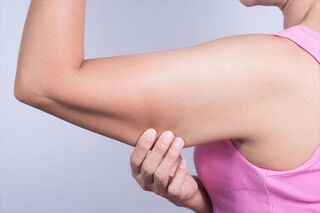 “I want to get rid of my muffin top” or “lose my wobbly arms” and “cut back the beer belly” are all phrases we hear regularly in the clinic and I’m sure we’ve all thought at some point. Unfortunately, I’m here to bust that myth and let you know that no matter how hard you try, you can’t target where on your body fat loss occurs. Often these goals or obsessions with a particular aspect of your body can actually be preventing you from being more effective with your training and achieving a range of health and fitness goals, rather than just one. It has been a long-time belief for many people that by training a specific muscle or muscle group, fat loss will also occur in this same area. This is not the case and yet many popular workouts on social media and in magazines will have you believe otherwise, promising to “tone those trouble areas.” Often what these people are selling is a quick fix and not providing you with a holistic approach to your overall health and fitness goals. To reduce fat mass, we must have a greater energy expenditure than input into our bodies. We gain energy through consuming food and we burn energy in 3 ways. Firstly, while at rest to maintain our bodies essential functions like breathing, blood circulation and organ function. Secondly the process of turning food into energy and lastly by moving our bodies. Put simply when our body needs energy, it uses a range of resources within the body, one being fat which is then released from fat calls to help produce said energy. Unfortunately, regardless of which body parts we are moving our body removes fat from cells based on your gender, genetics, body shape and a range of other factors. Often the exercises prescribed in these “spot targeting” workouts are focused around working very small muscles that don’t contribute a lot to improving your overall fitness, strength or energy expenditure. If your goal is to “get lean” meaning to build muscle and decrease fat mass, then targeting small muscles will likely leave you feeling frustrated and unsuccessful. Alternatively focusing on large muscle groups when training will not only improve your overall fitness and strength but also the amount of energy you burn, increasing your energy expenditure for the day, promoting an increase in fat loss overall. To increase your overall fat loss try focusing on activities that expend more energy and eventually your “target areas” will reduce too. If you find that you really enjoy training the smaller muscles, leave those exercises for the end of your workouts if you have the time and energy! Aleisha Michael  Easter might be a little bit different this year to previous years for many people whilst social isolating. Perhaps you are usually involved in camping with friends, bush walking, tennis tournaments and other activities which help to counteract some of the goodies we eat and alcohol we drink across the weekend. But if you are planning on having a hot cross bun and easter egg or 2 (or 3!), you may want to plan some exercise in to your weekend! Pop Quiz
Apart from the amount of energy you need to expend through exercise to burn off those calories, the other hard part can be finding the energy to work out after consuming huge amounts of sugar. Excess sugar in the short term can wipe out your energy and make you crave more sugar. However, the good news is that the Journal Medicine & Science in Sports & Exercise has found that that the negative effects of extra fructose, sucrose and glucose were significantly less detrimental when participants exercised more. When physically exerting ourselves; we increase our insulin sensitivity. This in turn means that our body uses less insulin to absorb the sugar we consume, keeping our blood glucose levels in check, making us more energetic and curbing the chocolate cravings. Tips to stay on track this Easter: Save the indulging for Easter Sunday Rather than snacking on chocolate throughout the whole weekend, or even before, try and save eating easter eggs only for Sunday. And for the kids, encourage grandparents or other relatives who wish to spoil them to provide alternative gifts to chocolates, like books or games to decrease the amount of chocolate they also receive and consume. Quality of Quantity Treat yourself to some good quality chocolate eggs for Easter. These are generally smaller, and you’ll want to savour every mouthful! Choose Dark Chocolate Dark chocolate not only contains less sugar and more fibre and iron than milk chocolate, it is also packed with anti-oxidants. Get Moving Easter is a great time to spend time connecting with family. Try and choose active pastimes like a morning walk or bike ride, a hit of tennis, or anything that gets you out and moving. Or try our high intensity workout below. You also might not feel as guilty when you treat yourself to some chocolate! High Intensity Easter Workout Start with a 5-10 minute warm up including dynamic stretches, and then start the circuit and complete it 2-3 times. Complete with a cool down and static stretches. Click here to download. This circuit is an intermediate circuit, and may not be suitable for all fitness levels, therefore please use commonsense when deciding if this exercise program is right for you. |
AuthorSLisa Parkinson Archives
July 2024
Categories
All
|

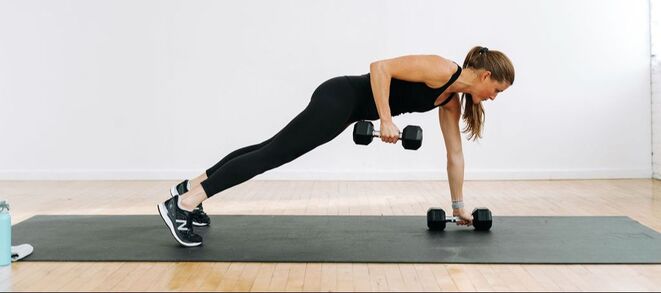

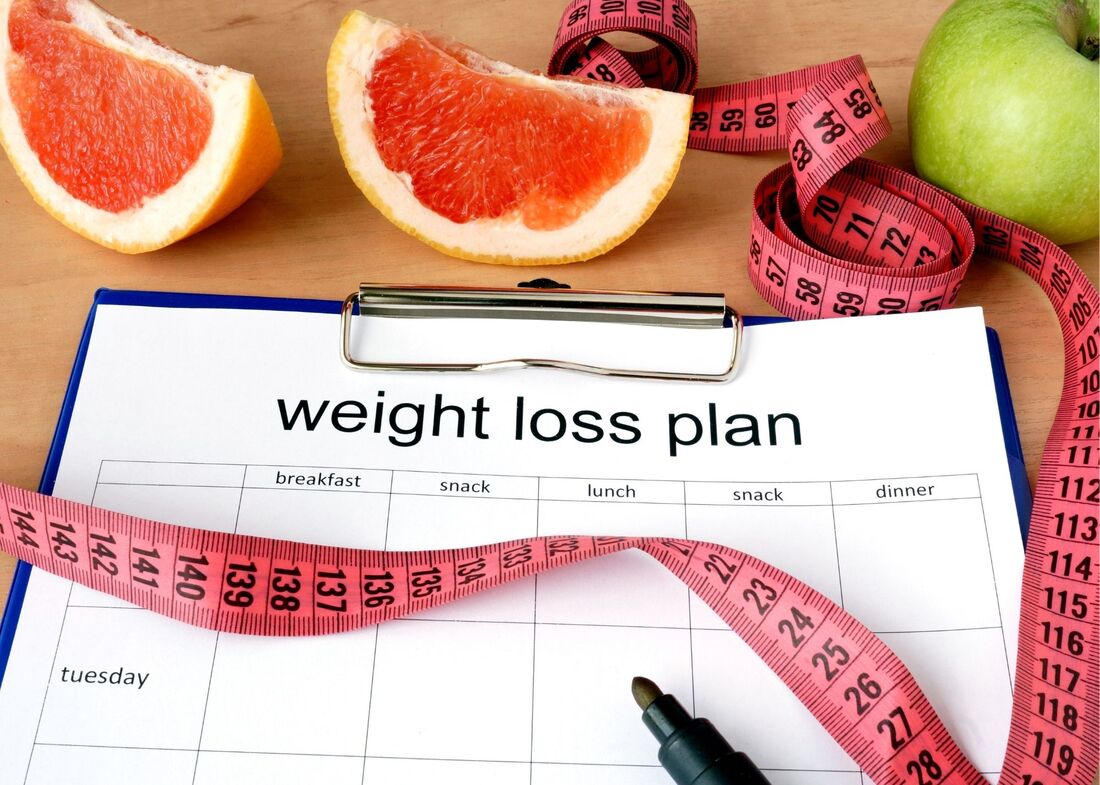
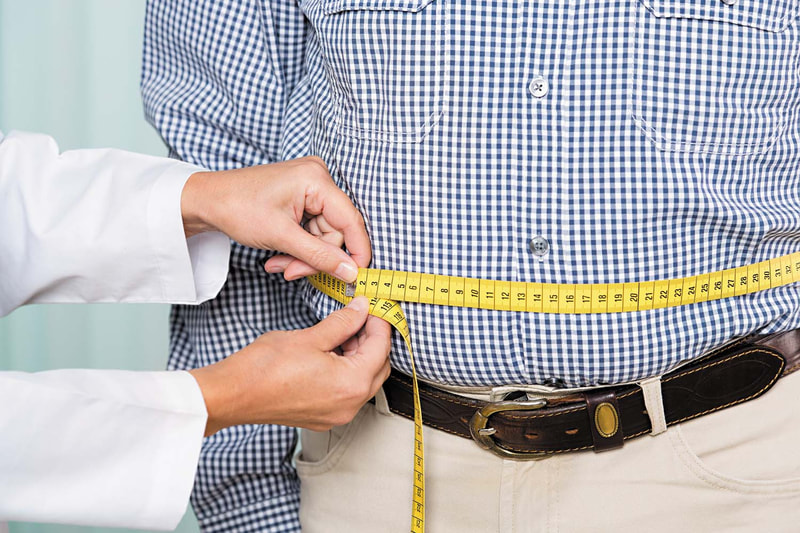
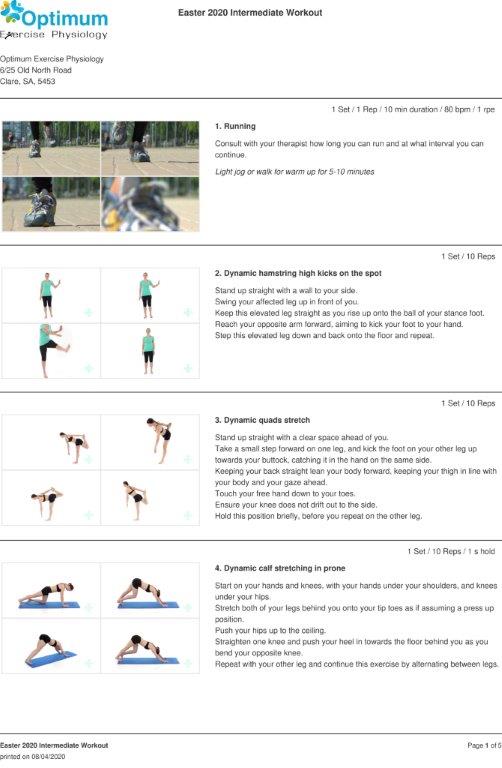
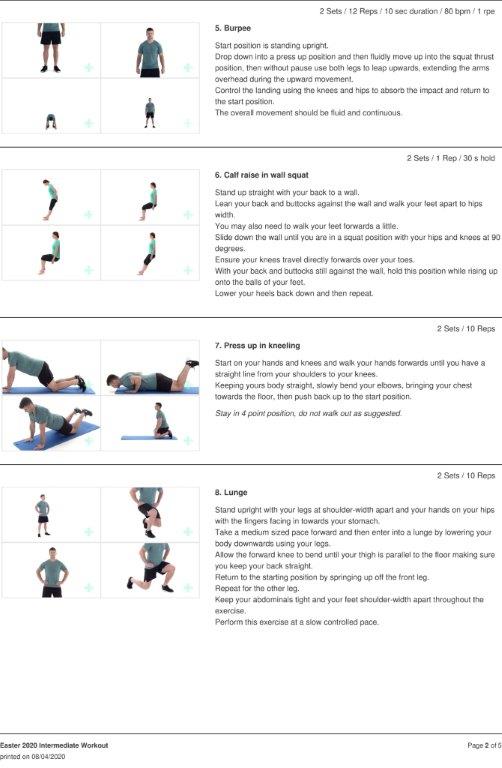
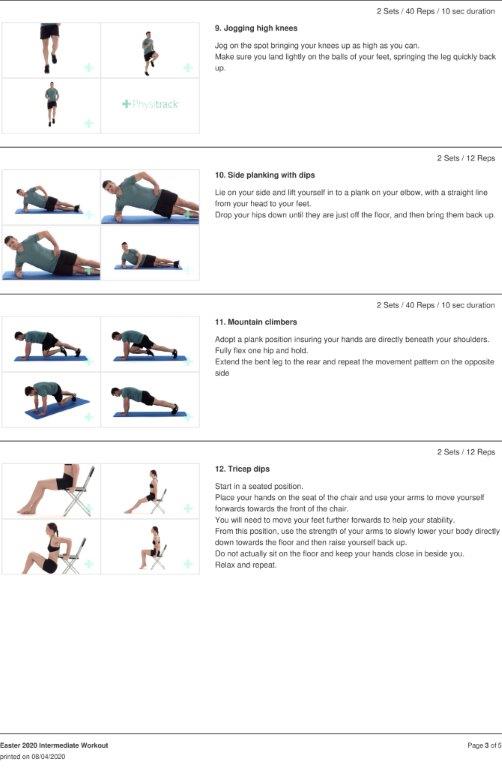
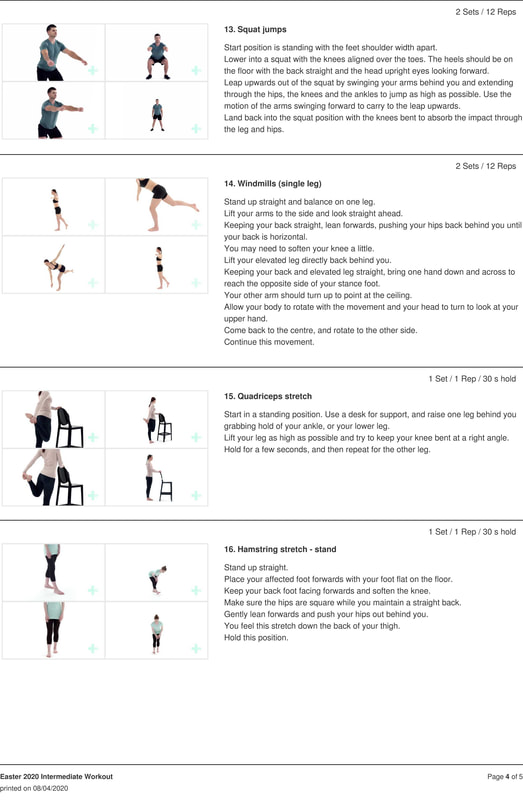
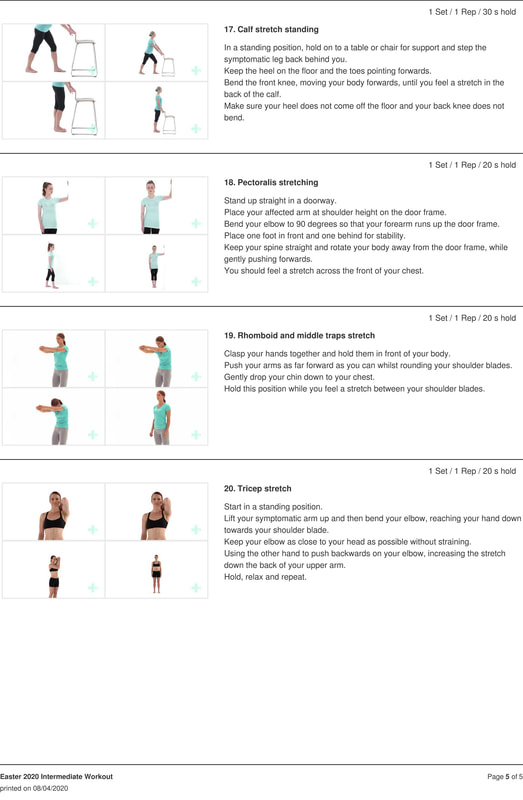
 RSS Feed
RSS Feed